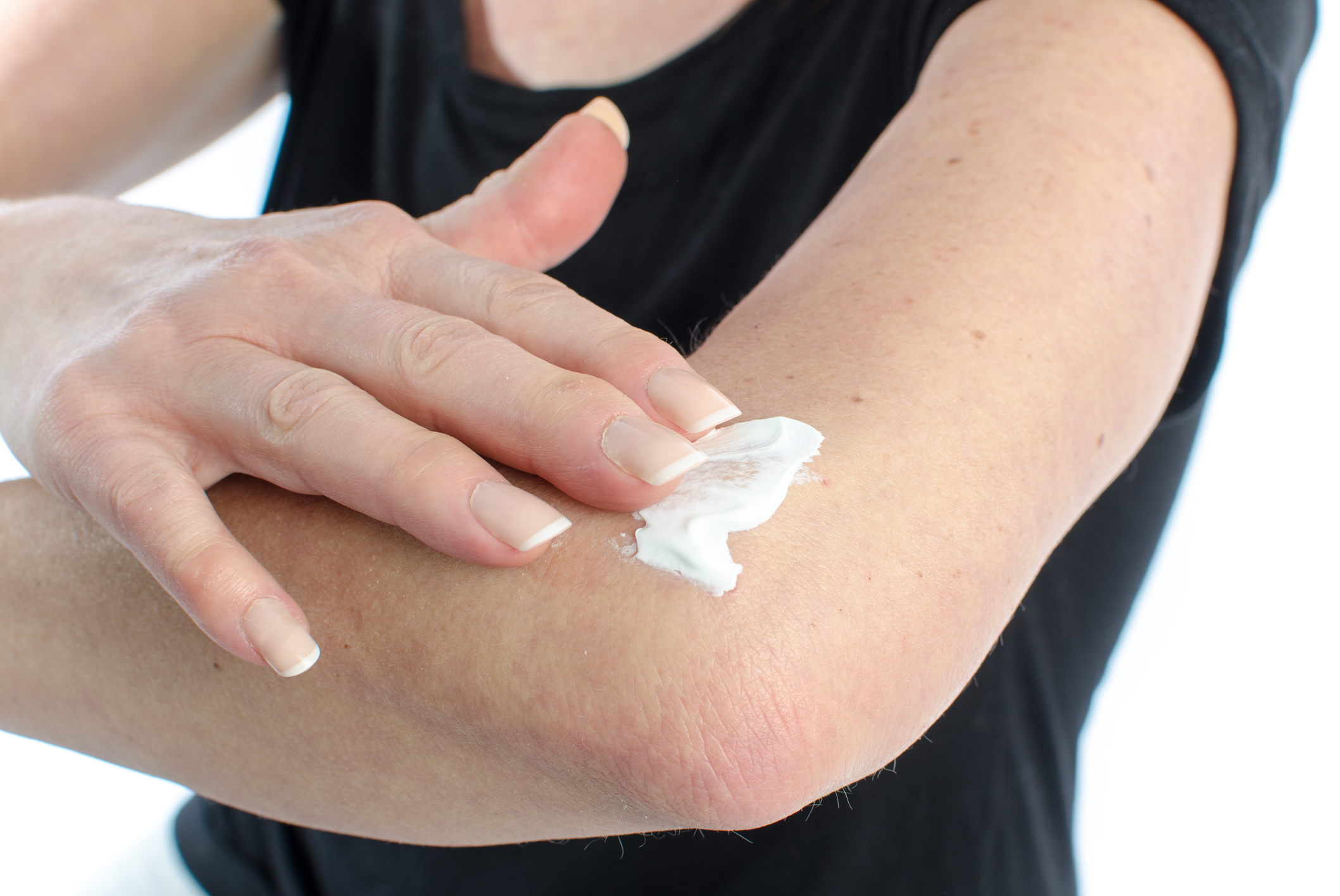An estimated 1 to 2.5 million older women use hormone therapy in the United States each year and many of these compounded prescriptions are applied to the skin and absorbed into the bloodstream. But what may surprise users of these creams is the unanticipated effects on pets and young children who come in contact with sex hormones on skin, clothing, bedsheets or towels.
Transdermal bio-identical hormones; estrogen, progesterone or testosterone, are frequently used by women and men in older age to combat symptoms of menopause or a drop in testosterone production. A topical application of hormone therapy takes about 4 hours to be fully absorbed and during this time the application site, usually the arms or thighs, should be covered if the user is in direct contact with children. Pets who are often found snuggling with their owners can also be exposed to hormones and pets who lick skin treated with hormones may be at an increased risk for serious side effects.
A paper recently published in the Journal of the American Animal Hospital Association documents cases of fur loss as a result of exposure to hormone therapy and in some instances dogs had enlarged nipples and genitals. Added human estrogen can also result in anemia in dogs which can be fatal and according to the Canadian Veterinary Journal, may stimulate the development of uterine diseases. The long-term health consequences on pets is unknown but the veterinary community is concerned about the permanent damage prolonged exposure to hormones may cause.
In children, cases of breast budding, masses in the breasts or swelling of breast tissue in males (gynecomastia) have been reported. Testosterone products can stimulate the development of pubic hair, advance bone age, increase libido and cause aggressive behavior among young children.
To Be Safe
- Use gloved hands to apply hormone cream
- Apply on the inner thigh rather than forearm to limit accidental exposure
- Cover skin after application if in direct contact with pets, children or a partner
- Do not let pets lick skin where hormones have been applied
- Wash any fur or skin that comes into contact with hormone creams, gels or sprays with soap and water immediately
To read more about accidental exposure to sex hormones in pets and humans follow this link to the Veterinary Information Network website.






Add Your Voice
0 Comments
Join the Discussion